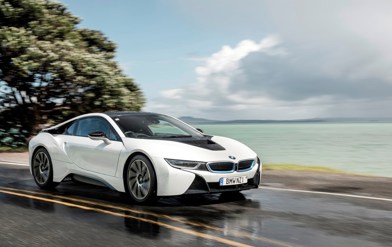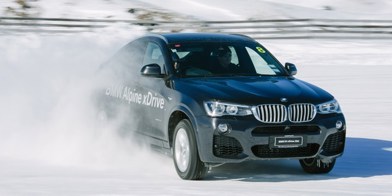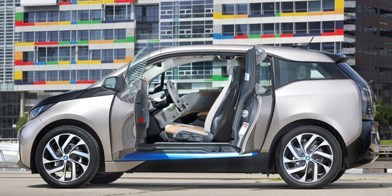What is it? That’s the question from most people as any Can-Am Ryker pulls up to the pump.
A loaded question for sure and, if a rider decides to answer, he or she will surely spend the next five minutes explaining just what this three-wheeled wonder is.
Because, if there is one thing people need to know about the Can-Am Ryker, it’s that it doesn’t fly under the radar.
Neither a car nor a motorcycle, the Ryker sits at an interesting crossroads within the automotive industry. It offers open-air freedom — normally associated only with a motorcycle — combined with the ease of use of a car.
It is one of the most innovative vehicles in recent years thanks to a few clever features built into the design.
Can-Am has been rolling to this different take on the three-wheeler for a while. It entered the market with the Can-Am Spyder in 2007, from a history in snowmobiles.
This is apparent when you look at the Ryker’s wheels. Unlike traditional three-wheeled motorcycles, the Ryker features a solo rear wheel with two front wheels riding outset on double-wishbone suspension.
Wheels are turned with a handlebar that is adjustable for reach with an easy clamp system. This allows the rider to shift it forward or backwards on its sliding mount. Just like a more conventional trike, there is no countersteering involved in steering the Ryker. Handlebars are pointed in the direction the rider wants to go — and he or she will want to hold on tight.
A 900cc Rotax three-cylinder engine produces 61.1kW and 71Nm, with drive making its way to the rear wheel via a CVT gearbox and shaft final drive.
Though a manual gearbox might sound appealing for shifting enthusiasts, that option would vastly overcomplicate the simple riding dynamics.
That’s because turning those two front wheels with their car-sized rubber takes a decent amount of heft. Adding a clutch to modulate into the mix adds complexity the rider doesn’t need.
As it stands, the CVT has two “gears” with its forward gear and reverse gear accessed by a lever on the left side of the Ryker.
While it may sound paltry power for a 285kg vehicle, it allows for a fun package, with few vehicles giving the same feedback on what the front wheels are doing at any given time.
With a button on the LCD dash providing multiple power modes, the rider can alter how the power is delivered.
Our Ryker 900 Rally featured an additional Rally mode on top of Sports, Standard and Eco modes, which is designed for aggressive off-road riding. Sports Mode, however, provides more than enough fun, with the rear wheel able to lay rubber off stop lights as you slingshot ahead of surrounding traffic.
The Ryker has some big names as competitors — the Harley-Davidson Freewheeler or the modern take Yamaha Niken— but those require a full motorcycle licence.
Riding the Ryker requires only a car licence, skipping a couple of years stuck in the sub-660cc LAMS category in the process.
The Ryker has the market cornered with its low entry point. With a parallel-twin powered base model retailing from $15,499 the three-model range tops out with the $19,999 rally version.
So it’s accessible, affordable and eye-catching. Downsides? Its 1509mm width means there’s no lane-splitting action to be had in heavy traffic. And you’ll be asked the same question.
“What is it?”


